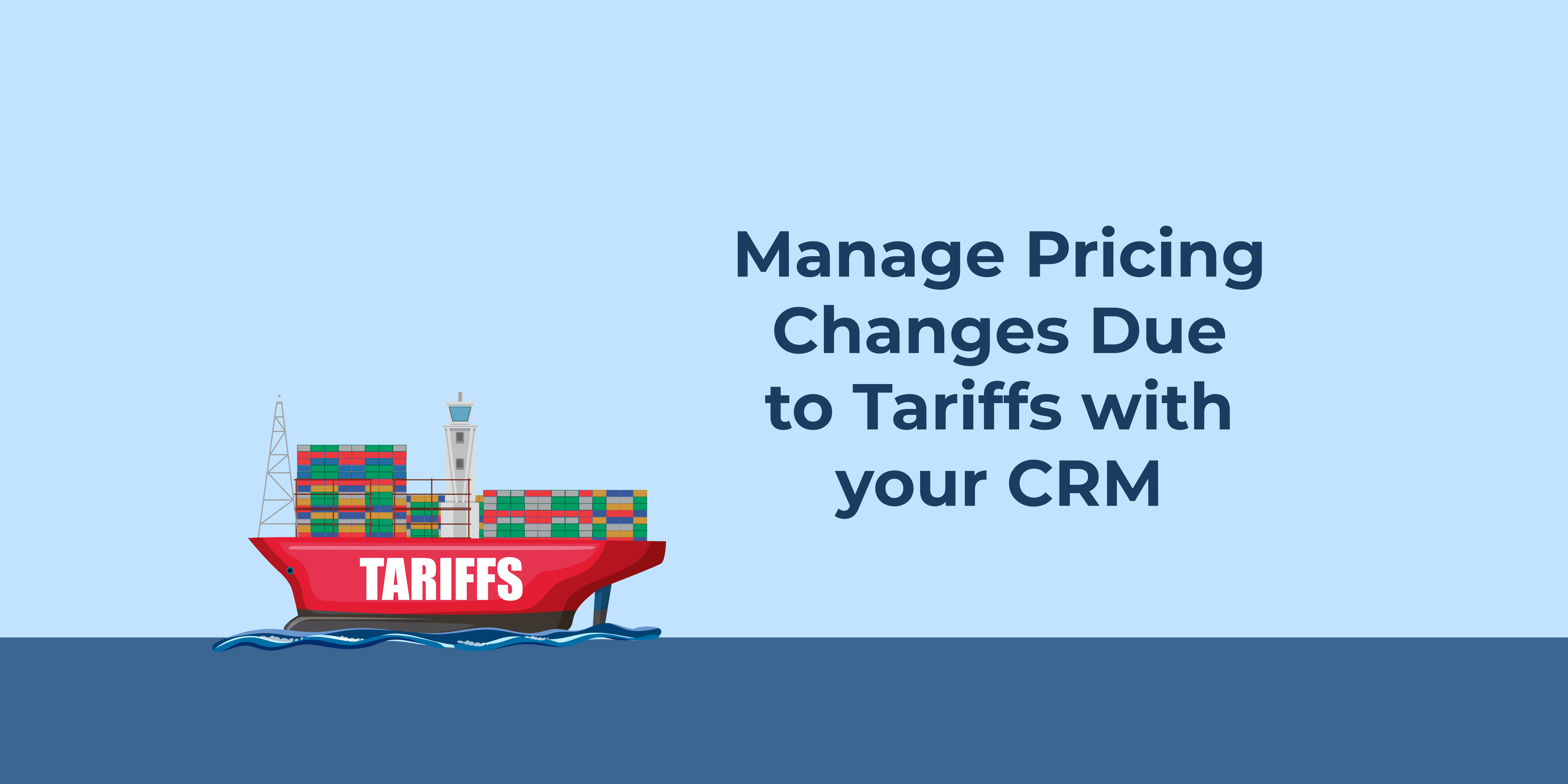As global markets shift and trade policies evolve, many businesses are facing rising costs driven by tariffs. Whether you're importing raw materials or selling into international markets, price increases can be unavoidable and unpredictable, but how you manage those changes makes all the difference.
One of the most overlooked tools in managing tariff-related pricing adjustments? Your CRM.
At TopLine Results, we help companies get more out of their CRM investment, and managing price increases is a prime example of how CRM can support both your internal teams and your customers during periods of change.
Segment Strategically. Communicate Proactively.
With a CRM like Microsoft Dynamics 365, you can segment your customer base by industry, product line, revenue, or contract terms, helping you quickly identify which accounts will be affected by a pricing update.
This allows your team to:
- Prioritize key accounts for proactive communication
- Tailor messaging to specific customer segments
- Avoid sending generic pricing notices to sensitive or high-value clients
The result? More thoughtful, professional communication and stronger relationships through transparency.
Stay on Top of Conversations
Pricing changes often spark questions, negotiation, and internal coordination. Your CRM becomes the system of record:
- Logging every conversation around pricing updates
- Tracking customer acceptance or pushback
- Assigning follow-up tasks to sales or account managers
No more guessing who’s been notified, who’s in the loop, or who still needs to respond. Your team has a single source of truth.
Automate the Follow-Up
With CRM workflows, you can automate reminders and tasks, ensuring no client falls through the cracks. Set alerts for:
- Accounts that haven’t acknowledged the update within a certain timeframe
- Follow-up calls after new pricing has been shared
- Internal reviews for pricing exceptions or approvals
It’s a scalable way to manage what can otherwise become a chaotic process.
Generate Updated Quotes with Confidence
Using a CRM integrated with a quoting or CPQ (configure-price-quote) solution? You can:
- Instantly update pricing based on new tariff-influenced cost inputs
- Ensure all proposals reflect the most accurate and current pricing
- Streamline approvals for custom pricing requests
This prevents errors, accelerates response times, and gives your customers the clarity they expect.
Model Revenue Impact
CRM tools with robust reporting capabilities like Dynamics 365 Sales or Customer Insights allow you to forecast how price increases will affect your bottom line. Run reports to:
- Analyze projected revenue changes by customer tier or product category
- Monitor margins post-adjustment
- Share dashboards with leadership to support strategic decisions
You can’t control tariffs — but you can control how you respond.
Protect Customer Relationships
Price increases are never easy, but with CRM data, you can identify accounts most at risk and take action. Key items to monitor are:
- Support tickets or feedback tied to pricing changes
- Declines in purchase volume or open opportunities
- Customers flagged by your team as "sensitive to price"
Empower your account managers to proactively check in, offer options, and prevent churn before it starts.
Final Thoughts
In today’s economy, price flexibility is necessary, but your response can set you apart. A well-implemented CRM isn’t just a sales tool; it’s a strategic asset in times of disruption.
If you’re navigating pricing challenges tariffs bring and want to explore how Microsoft Dynamics 365 CRM, HubSpot, or Zoho can help, let’s talk. At TopLine Results, we specialize in building CRM strategies that work — especially when things get complicated.
Want to learn more? Contact us to schedule a consultation.

